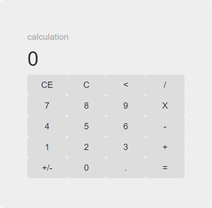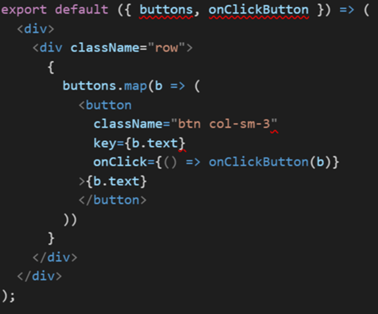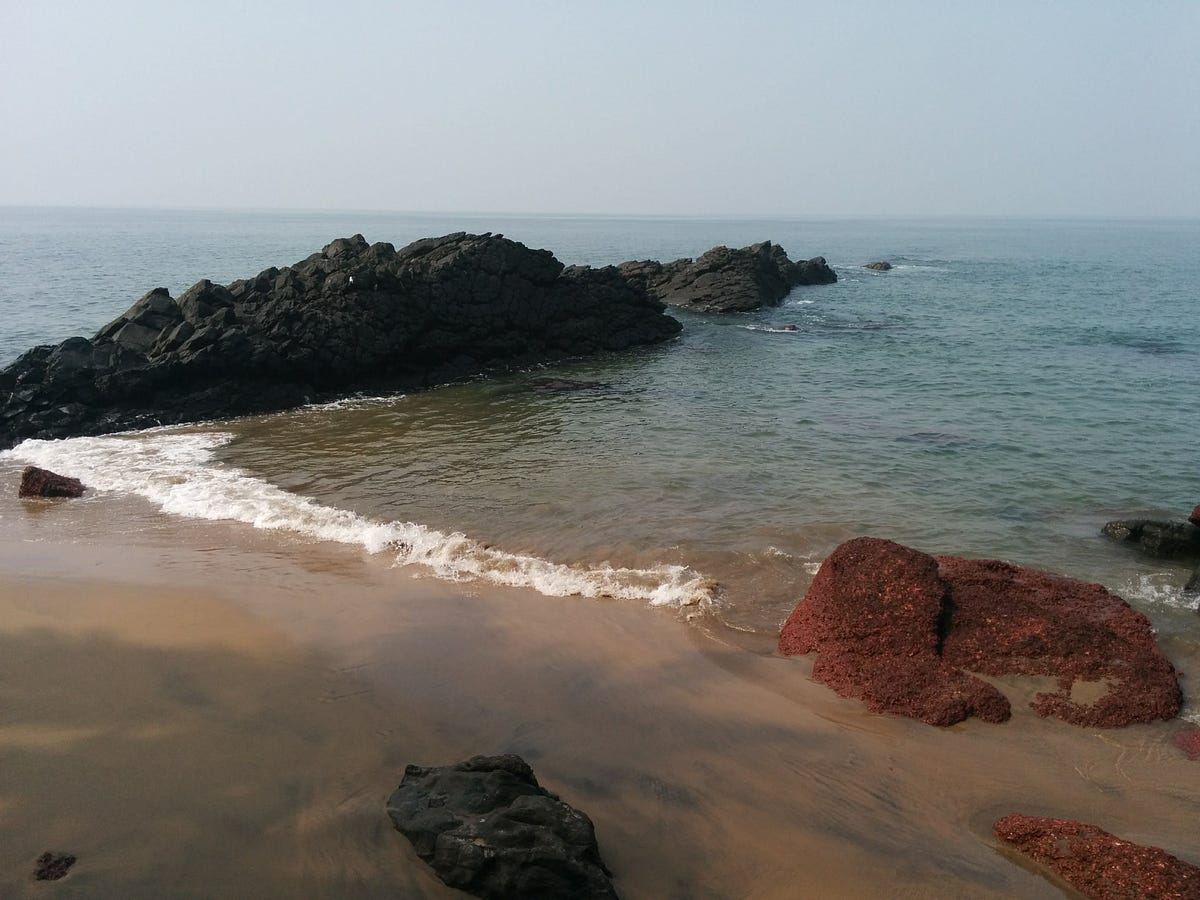 |
| Hampi's river |
I'm starting a new experiment, hopefully it will work for me. (UPDATE: it didn't :-)) I'm going to write for half an hour every morning, and then I will have a complete post for you every weekend.
So this is the first day I'm trying. I'm afraid that it will become too technical, but I hope it will reduce the time I'm investing in the blog. It's very important for me, for having a journal to go back to, and for telling my story. But it's not my top priority and I'm afraid that it takes too much of my time.
27.11
Yesterday was Shabbat, and I took the opportunity to rest. We started the day with a session of yoga, and then a big breakfast in our guest house – omelet, salad, coffee and cake. It was a very good morning :-) I continued my day by sitting in the guesthouse restaurant for a few hours, reading and enjoying my time. After a long siesta, Renana and I went to see the sunset at Hanuman's temple. It is a hill believed to be Hanuman’s (the monkey god) birth place. It was a 40 minutes' walk on the road; the road is relatively safe and quiet and the views are amazing.
We arrived at the bottom of the hill just in time, and prepared to climb the 575 stairs to the top. There was some holiday and all along the steps there were candles, prepared to be lightened by sunset. About every 100 steps you can stop and appreciate the view, the huge boulders and the amazing vegetation everywhere. On the hill is a small temple and you have a short walk to a point that is named "The number 1 sunset place".

We sat at the sunset place, we and many more people. We sat there for an hour and enjoyed the amazing sunset. There are many points to climb here and watch the sun setting, but it's probably one of the best. It's very high in the sky and you can see everything. The only thing that interfered with my enjoyment was the noise. Many people talking, shouting, listening to loud music on their phones. I guess I'm getting old :-)
28.11
Not much to write about yesterday. Renana got stomach problem, not so serious but she needed to rest. So I joined her. We spent most of the day resting in the guesthouse. I finished working on my Pomodoro clock (first version) and uploaded it to FCC (more on it in another post). I also started working on my résumé and looked into sites like jobbatical.com. I love that I don't have pressure to do anything as a tourist and I just feel at home. Every day I can decide whether to work, relax, go for a short/long trip and be spontaneous.
2.12
Not much to write about. I'm not in the mood, and it takes too much of my time. Today Renana and I went to the organic farm I ran by last week and we met the owner. He's an Austrian guy named Peter. He has had this farm for about 15 years. It's a mix of an Ashram and an organic farm. They don't offer any courses, but they have a place for meditation, and lots of different crops. Most of the workers on the farm are locals, and as I understood from Peter, one of the goals of this farm is to help the locals and give them jobs. They have many animals walking around (even a wild boar!), and we heard stories about bears that come to eat their sugar canes. After quite a long talk, we said our goodbyes to Peter. He invited us to come for lunch someday and that’s we are going to do for sure.
 |
| We found a garden of those on the way through the mountains |
This week was full of pondering, and a lot of self-examination. We decided to change our flight to the beginning of January, meaning that the trip in India is almost over (when you're already traveling for four months, a month is a short time), and that next month we are going to land in Amsterdam. Additionally, I joined a Dutch course in Amsterdam, starting five days after I arrive until the end of January. Renana is unsure about her way from there, but she'll probably go back to Israel and we'll meet in February – we need to decide where, but that's a decision we can postpone. It feels like the end of the adventure, and I'm thinking of how to use it as springboard to the continuation of the trip instead of as the end of it.
Since the part of India is close to an end, we've started to doubt about our decision to stay here in Hampi for the next month. We are thinking of an additional site to visit, maybe Gokarna. It's a village close to the beach, with two main beaches – Om beach and Kudli beach. It's supposed to be quieter than Goa, and we're hearing many good things about it. It's where we meant to go before coming to Hampi. We actually made up our mind about it, and now we are trying to decide either to go there next week and come back here or to go there a week before we go back to Delhi.
I had some work done on my résumé, and sent it to a few places. I'll continue with that next week and hopefully something will come up. Many places want to see some code I worked on, and since my old company doesn't publish its code, I'm starting to work on an example app. It something simple, just a simple app that counts. It is stupid as it sounds, but I think it has a potential to work as an example to how I write code and also as a good platform to try new frameworks and tools on. I'll write a more elaborate post about it, but I've started with an app written and designed without any external help of tools like Webpack or frameworks like React or Bootstrap. You can check it out on GitHub or check its code until I get a real post about it.
Have some tips for finding me a new job? Or better, have a remote job to offer? Maybe there's another site I have to see, otherwise I haven't been to India? Have any tips for continuing my trip? Please write me in the comments.





















